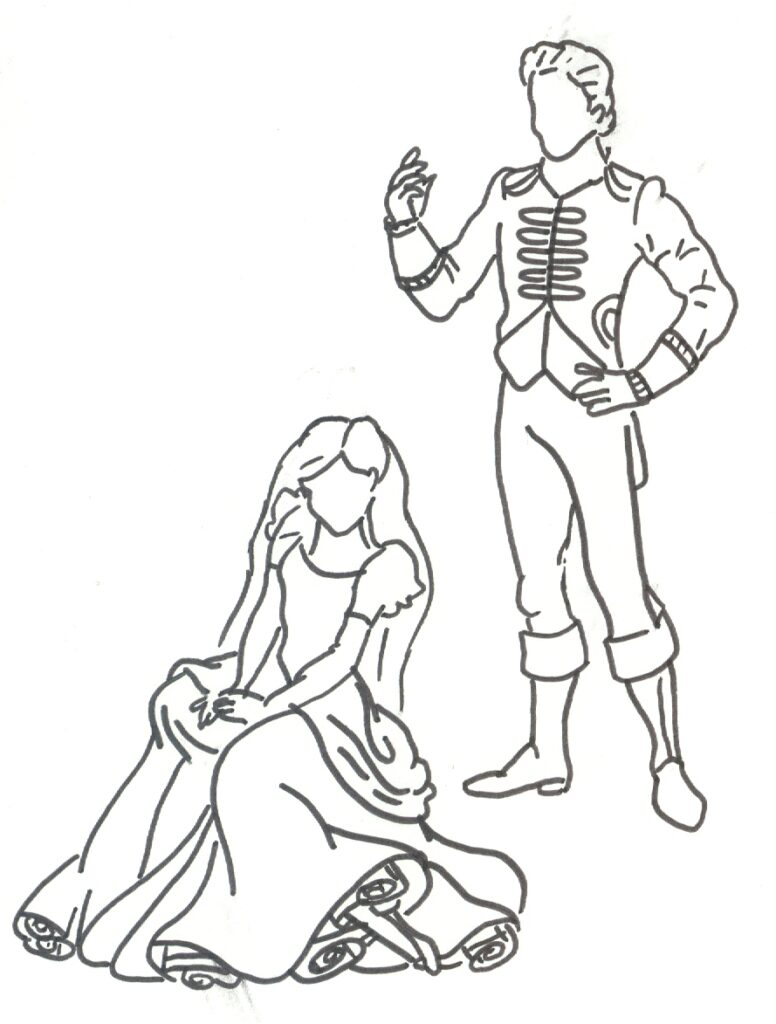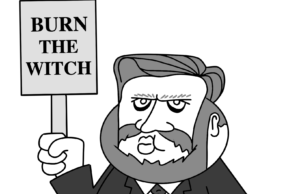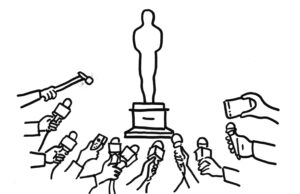Reframing the lens of women in the film industry

The Golden Globes ceremony was recently held, awarding top film and television productions of 2023. Under a new management, the goal was to promote the award show, after its failing years, yet the reintroduction came with multiple inappropriate jokes.
When discussing the Barbie film at the Golden Globes, the host only connected the movie to the figures of the female characters. He praised Ryan Gosling for his role as Ken, with focus on the comedy aspect of his attributes, and went on to say, “And Margot, it’s not always about you.” The Barbie movie was featured with a very feminist message, bringing the dolls that we all once played with to life, but with the twist of reality embedded within. When I watched the movie for the very first time, my thoughts weren’t about the outfits or the set. I was amazed to see how well gender inequality was depicted in the movie, but it still astounds me that there are people who do not understand the message.
The jokes made at the award show shocked me, to say the least. In such a progressive time, within media and television, it stunned me to see women being brought down, especially when that movie emphasized those exact struggles.
Within the film industry, women are typically portrayed as a supporting character, or even sharing the main lead spotlight alongside a male actor. Growing up watching Disney movies, I never understood the meaning behind each and every princess, but now, I realize that many have the plot of a female character in a helpless situation, where only the male role can save them because of their delicate and defenseless representation. “Teenage” movies portray the happy ending of a female’s character to be when they find or get the guy, but the moral of the story is always overlooked.
Not only are the castings and character portrayal full of disadvantages towards women, but so is the growing gender wage gap. From data between 1980 and 2015, there is estimated to be at least a 25% difference of pay between men and women. One reason for this could be the types of movies men are cast in, which fall under the category of action movies. These top grossing films could be why the wage gap is so vivid. Even in similar roles, research has found that female stars earn $1 million less per film than their male co-star, but could also be an over $2.4 million difference, which can especially be seen in Hollywood. Even with such fair and level circumstances, the wage gap is incredibly large, especially for the developing year we are in.
With the season of award shows, we look past the nominations against women, and it is something that many of us have grown to be used to. If this is what we grow up with, what we see in the media and what is part of our everyday lives, I understand the challenges to shift these expectations, but I am still left with a constant question of how we can have so much progress, yet continue to have unequal opportunities for women.



